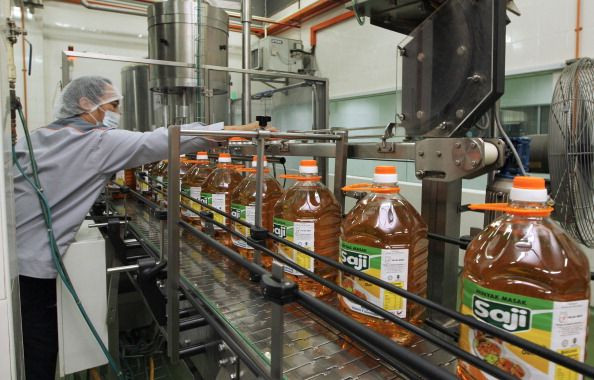El Nino To Dent Malaysia Palm Oil Exports; Prices Set To Rise, Top Analyst Says

Palm oil output in Malaysia is projected to fall by 2 million tons in 2016 due to the effects of El Niño, leading industry analyst Dorab Mistry said Monday. A decline in output from the country — the world's second-largest producer of palm oil — could increase palm oil prices that are already hovering around a two-year high.
Dry weather conditions brought by the El Niño weather pattern would curb output in major producers Indonesia and Malaysia, Mistry reportedly said. He was speaking at the 13th International Oils & Oilseeds Conference in Beijing.
"From July we can expect some recovery in Malaysia. However, we have had severe dry weather in Sabah since the second half of January and that is likely to continue until the first half of April. Sabah palm oil production will suffer an extended impact around September 2016," Mistry, a Singapore-based director with Indian consumer goods company Godrej International, said.
For the months of January and February this year, Malaysia’s production of the oil is running more than 100,000 tons less than the corresponding period a year ago, Mistry said, adding that "I shall not be surprised if the deficit for first half 2016, as compared with first half 2015, will be in excess of 1 million tons."
Prices of the oil will jump to 3,000 ringgit ($730) a ton as supply trails demand, Mistry said, reiterating his earlier prediction. Palm oil, the world’s most widely used cooking oil, is also used in chocolate, soaps, baked food and even bio fuel.
“The anemic production run is likely to continue until June,” Mistry said early this month.
“Prices are seen in a range of 2,700-3,000 ringgit ($672.97-$730) until June as output drops and as Indonesia and Malaysia fail to meet their biodiesel usage targets,” Thomas Mielke, executive director at Oil World, an industry researcher, told Bloomberg.
© Copyright IBTimes 2024. All rights reserved.




















